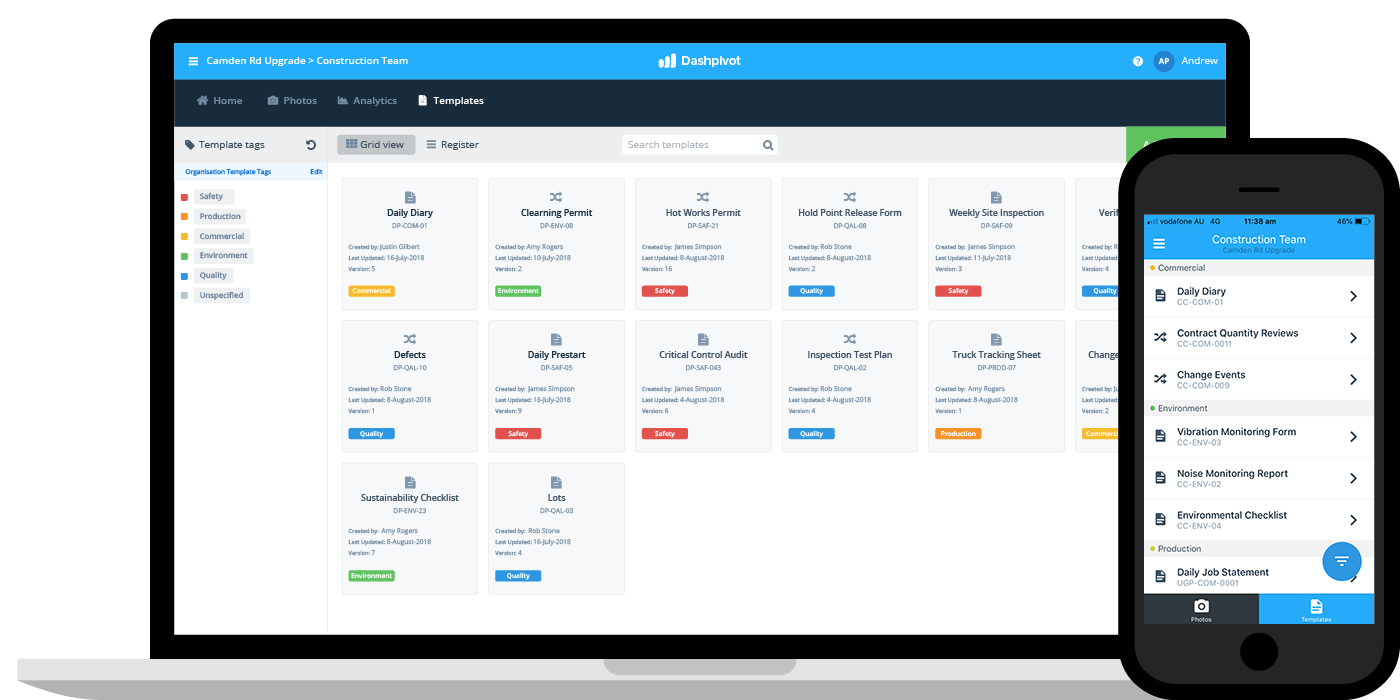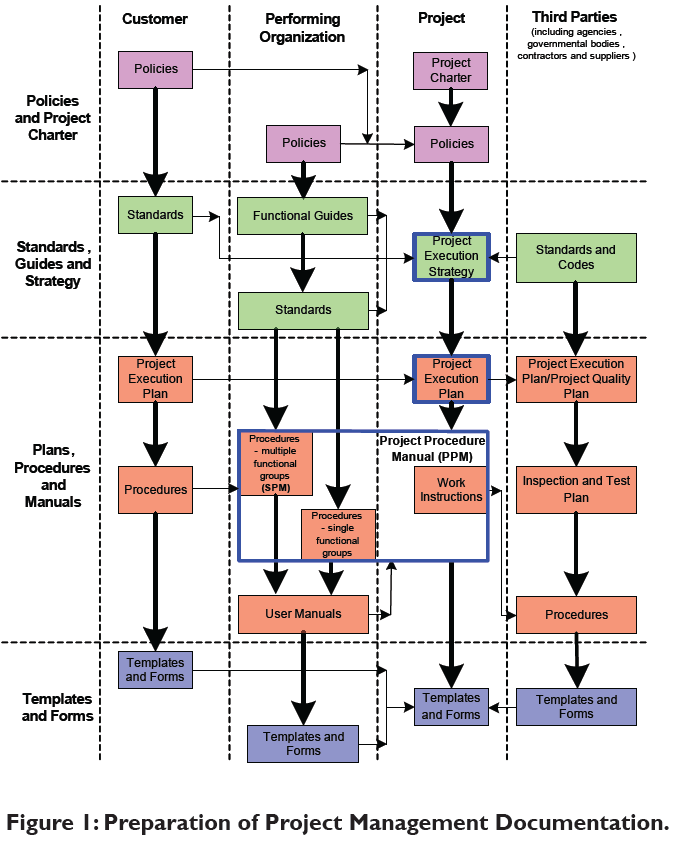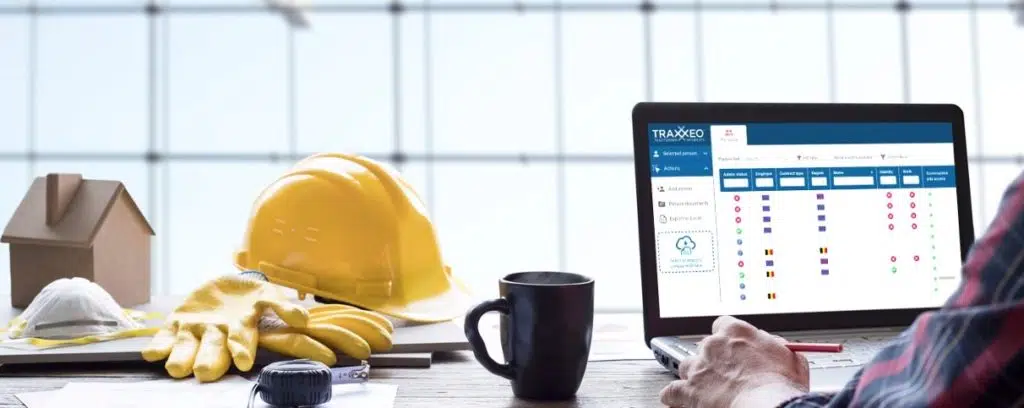Opening Performance: The Advantages of Construction Document Management Operating Systems
Opening Performance: The Advantages of Construction Document Management Operating Systems
Blog Article
Architect's Guide to Simplifying Building Document Monitoring for Efficient Task Implementation
In the complex world of architecture and construction, the effective monitoring of task documentation stands as a keystone for success. Architects are charged with managing a myriad of illustrations, requirements, contracts, and reports, all vital parts for bringing a project to fruition. Nevertheless, the process of organizing, sharing, and preserving these files can usually become a labyrinth of inefficiencies and problems if not dealt with thoroughly. By discovering organized approaches, ingenious devices, and sector ideal practices, architects can not just simplify their paper administration processes but also lead the means for a lot more efficient project implementation. Let's navigate via the essential strategies and options that can revolutionize how designers deal with building documents, making sure tasks are provided with precision and timeliness.
Relevance of Effective Paper Management
Reliable document administration is essential for architects in the building and construction industry as it plays a pivotal duty in guaranteeing the successful implementation of projects. Correct organization and monitoring of these documents are critical to maintain task timelines, make sure compliance with policies, and facilitate efficient interaction among job stakeholders.

Reliable paper management makes it possible for architects to accessibility crucial info without delay, track task progress properly, and alleviate threats linked with errors or noninclusions. By implementing structured paper monitoring procedures, architects can enhance collaboration with clients, specialists, and other group participants, resulting in boosted project outcomes and customer complete satisfaction.
Furthermore, effective paper management assists designers preserve a thorough task background, allowing them to take advantage of past experiences and lessons found out for future projects. In today's hectic building market, where prompt decision-making and info sharing are vital, effective record administration is a cornerstone for success.
Methods for Enhancing File Organization
Reliable paper management methods not just guarantee project success for architects in the building market yet additionally lay the structure for executing methods for simplifying paper company. To streamline record company efficiently, architects should initially develop a clear identifying convention for data and folders. Consistency in calling documents based on project stages, record types, and appropriate info will certainly assist in simple access and minimize confusion.
Making use of cloud-based storage remedies can likewise boost record organization by giving a centralized place for all project-related documents - construction document management. This permits staff member to access the most current documents from anywhere, promoting cooperation and performance. Implementing version control devices better improves paper company by tracking modifications, stopping clashing edits, and guaranteeing that the current versions are constantly readily available
In addition, developing a sensible folder structure with assigned subfolders for different paper classifications, such as specifications, contracts, and drawings, can enhance paper administration processes. Frequently reviewing and removing out-of-date or redundant documents will help keep a lean and find this orderly file database, eventually enhancing performance and job end results.
Leveraging Modern Technology Equipment for Partnership
In the world of contemporary architecture, architects are significantly relying on sophisticated technology tools to foster smooth partnership amongst project stakeholders. Cloud-based systems such as BIM 360 and Procore permit real-time accessibility to project papers, enabling designers, clients, and contractors to collaborate effectively regardless of their physical location.
Digital layout and building and construction (VDC) software like Revit and AutoCAD Style allow architects to develop in-depth 3D designs that can be shared and modified collaboratively. This real-time collaboration boosts design visualization, precision, and sychronisation, resulting in better decision-making throughout the project lifecycle. Additionally, interaction devices like Slack and Microsoft Teams offer instantaneous messaging, file sharing, and video conferencing capacities, cultivating seamless interaction among group participants and stakeholders.
Ensuring Accuracy and Version Control

Effective variation control likewise helps in taking care of file authorizations and making certain that just authorized personnel make modifications. Engineers should develop clear methods for recording adjustments, consisting of timestamps and individual recognition, to create an audit trail for responsibility. Routinely connecting with the project group concerning version updates and adjustments is necessary to avoid complication and keep alignment throughout the building and construction process.
Finest Practices for Record Sharing and Gain Access To
Having actually developed a durable system for version control in building file monitoring, engineers can currently concentrate on optimizing record sharing and access methods to enhance collaboration and efficiency among task stakeholders. These systems use real-time accessibility to job files, allowing team members to watch, modify, and comment on data concurrently.
In addition, carrying out role-based gain access to control is necessary for preserving data safety and security while helping with collaboration. Appointing different permission levels to employee guarantees that sensitive details is just available to authorized employees. Regularly upgrading gain access to consents based on task requirements and group modifications is important for maintaining information integrity.
Incorporating project monitoring software application with document sharing platforms can also simplify operations. This combination allows for smooth communication, job tracking, and document administration within a single user interface, decreasing the demand to switch in between multiple devices. By following these ideal practices, architects can develop a more efficient and joint paper sharing atmosphere, ultimately causing effective job execution.

Conclusion
To conclude, effective building and construction record management is crucial for successful project execution. By implementing strategies for company, leveraging innovation devices for partnership, ensuring accuracy and version control, as well as adhering to ideal methods for document sharing and accessibility, designers can streamline you can try these out their operations and his comment is here improve total job efficiency. Focusing on these aspects of record administration will bring about smoother project implementation and much better end results for all stakeholders included.
Efficient paper management is essential for engineers in the construction sector as it plays a critical duty in guaranteeing the effective execution of tasks. construction document management. Appropriate company and management of these records are critical to preserve project timelines, make sure compliance with guidelines, and facilitate reliable communication amongst task stakeholders
Effective record administration techniques not only make certain job success for engineers in the building industry yet likewise lay the foundation for implementing techniques for streamlining record organization. One vital technique is developing a centralized record database where all team participants can access the newest variations of drawings, specs, and various other job records.Having established a durable system for variation control in construction file monitoring, architects can currently concentrate on optimizing document sharing and gain access to methods to improve partnership and effectiveness amongst task stakeholders.
Report this page